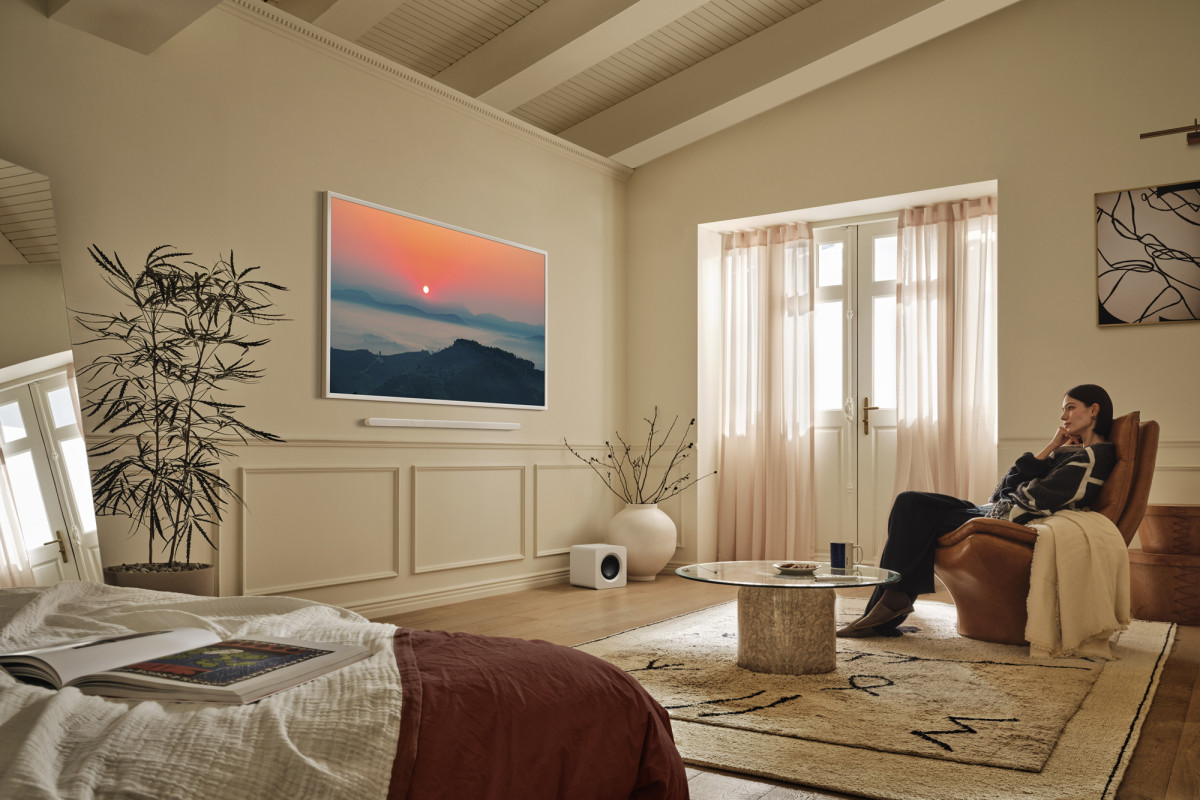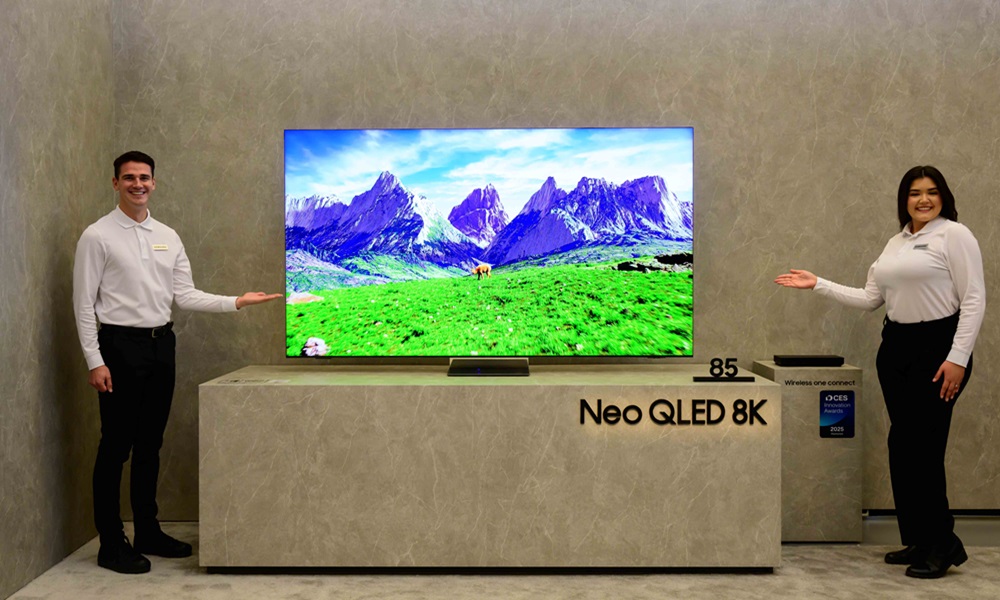Samsung’s The Frame has gained significant popularity since its debut in 2017 due to its unique design, blending seamlessly into home decor by displaying artwork when not in use. While this model was widely appreciated for its aesthetic appeal, it was often criticized for lacking in performance when it came to watching shows, movies, and gaming. Over the years, several competitors have emerged with similar products, but Samsung has returned to the drawing board to enhance The Frame’s functionality with the introduction of The Frame Pro at CES 2025.
The Frame Pro comes with two major upgrades that are aimed at improving its performance as a television, not just as an art display. The first upgrade is the addition of a Neo QLED display, featuring Mini LED technology similar to that found in Samsung’s high-end QN900 series TVs. This is a significant improvement, as Mini LEDs allow for better control over brightness and contrast, resulting in more vivid and detailed images.

However, Samsung has taken a unique approach with The Frame Pro’s use of Mini LEDs. Instead of employing traditional dimming zones behind the display, the company has placed a row of Mini LEDs along the bottom of the screen. This setup promises local dimming capabilities, although it remains to be fully tested under normal TV use, such as during movie watching.
During demos at CES, The Frame Pro showed brighter images with enhanced detail and deeper blacks compared to the original Frame. These improvements were especially noticeable when displaying artwork, with textures and strokes standing out more vividly on the screen.
In addition to the display improvements, The Frame Pro also features a new Wireless One Connect Box, a more compact version of the One Connect Box seen in earlier models. This new box is designed to wirelessly transmit content and audio from connected devices like streaming gear and game consoles, relying on Wi-Fi 7 technology. The wireless connection allows users to place the TV and the box up to 10 meters apart, providing more flexibility in terms of TV placement without the need for a physical connection between the two devices.
With these upgrades, The Frame Pro is poised to be a significant improvement over the original Frame, particularly with the addition of the Neo QLED panel and wireless connectivity. However, while the new features show promise, it’s still unclear how well it will perform in regular TV use. Given its enhanced features, The Frame Pro will likely come at a higher price point than the existing model, which starts at $600 for a 32-inch version, though final pricing has yet to be confirmed.




